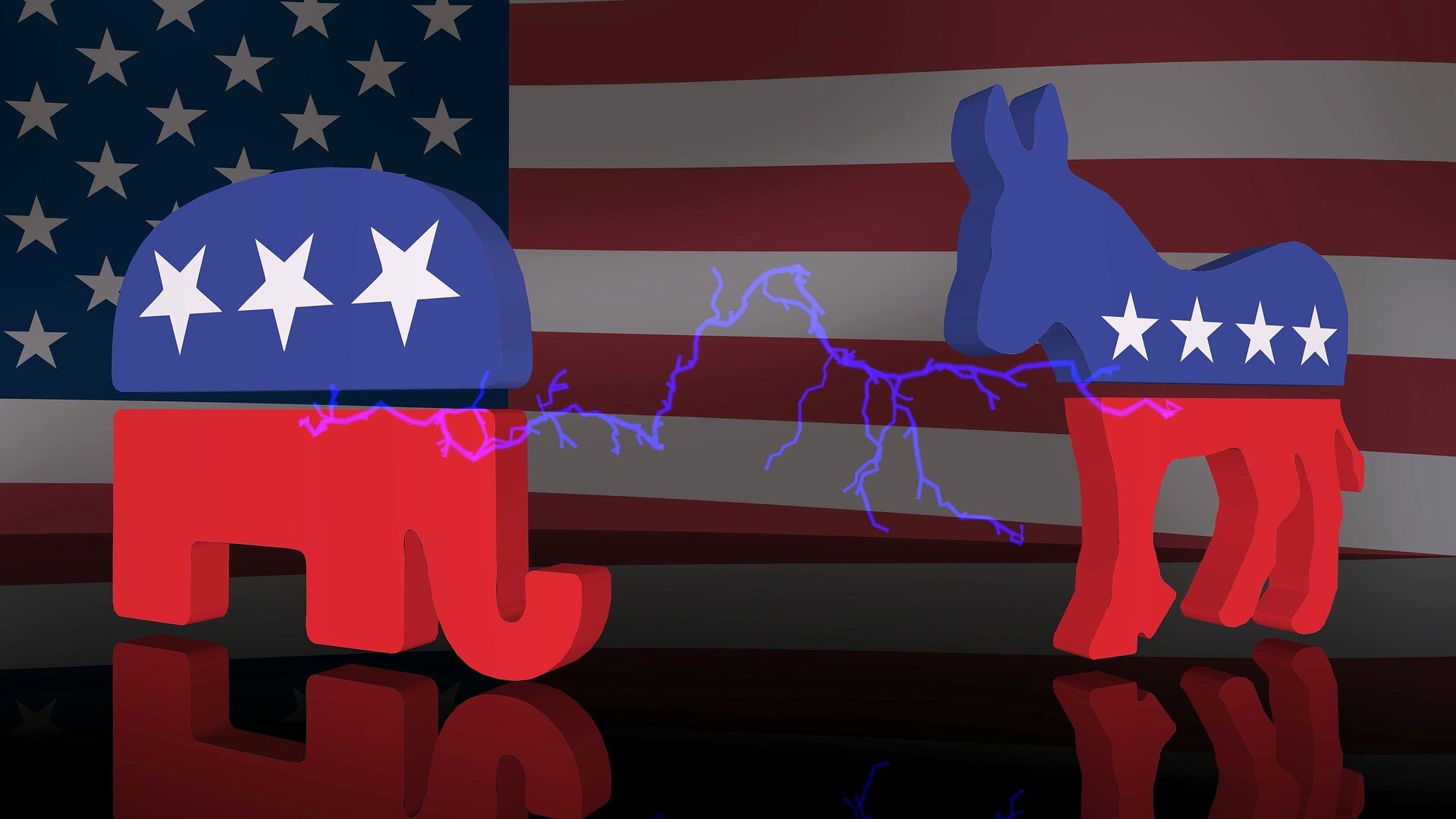- Earth to get a mini-moon for two months, but what is it?
- Japan orders thousands to evacuate quake-hit region as rains trigger floods
- Black garden ants modify the structure of their nests to mitigate fungal infection spread
- Double-edged STING: A new pathway involved in aging
- Female elephants rumble to say 'let's go!' Namibian study shows males do too, a sign of unexpected social bonds

Location, location, location: Snowpack storage and runoff timing in burn scars depend on site and terrain
Increasingly severe wildfires at high elevations are impacting snowpack—an important reservoir for the U.S. West. The altered landscape makes it more challenging to predict when snow will melt and how much water will be available for use.
Colorado State University researchers studied the 2020 Cameron Peak Fire's effects on snowpack across mountainous terrain and found that location is key to melt rate and timing.
Snowmelt rates vary from slope to slope, based on how much sun the slope receives and vegetation. Snow generally melts faster on south-facing slopes, which get more sun. The researchers found that the amount of water in the snow on a burned south aspect peaks earlier in the season than other snowpack locations, and south aspect snow melts sooner.
The maximum water in the snowpack occurred 22 days earlier at burned south-facing locations than at burned north-facing sites at the same elevation, because of the increased solar radiation absorbed at the south-facing burned sites and lack of trees to intercept it. Snow on the burned south-facing slopes also melted completely 11 days sooner than snow on burned north-facing slopes.
"This is an advance from previous understanding, because we've captured this spatial variability across complex mountainous terrain in a way that hasn't been done before," said Dan McGrath, a co-author of the study and Geosciences associate professor in the Warner College of Natural Resources.

- September 21, 2024
Shedding light on how to make national park visitors feel safe at night



- September 21, 2024
Image: Burning Man festival observed from space

- September 21, 2024
Study reveals impact of homework on student achievement in math and science

- September 21, 2024
Arctic warming is driving Siberian wildfires

- September 21, 2024
Scientists track plastic waste in pristine Canada marine park

- September 21, 2024
THE STANDARD


- September 21, 2024
Q&A: Public opinion research in changing times

Subscribe to our mailing list to get the new updates!

Subscribe our newsletter to stay updated
Thank you for subscribing!



